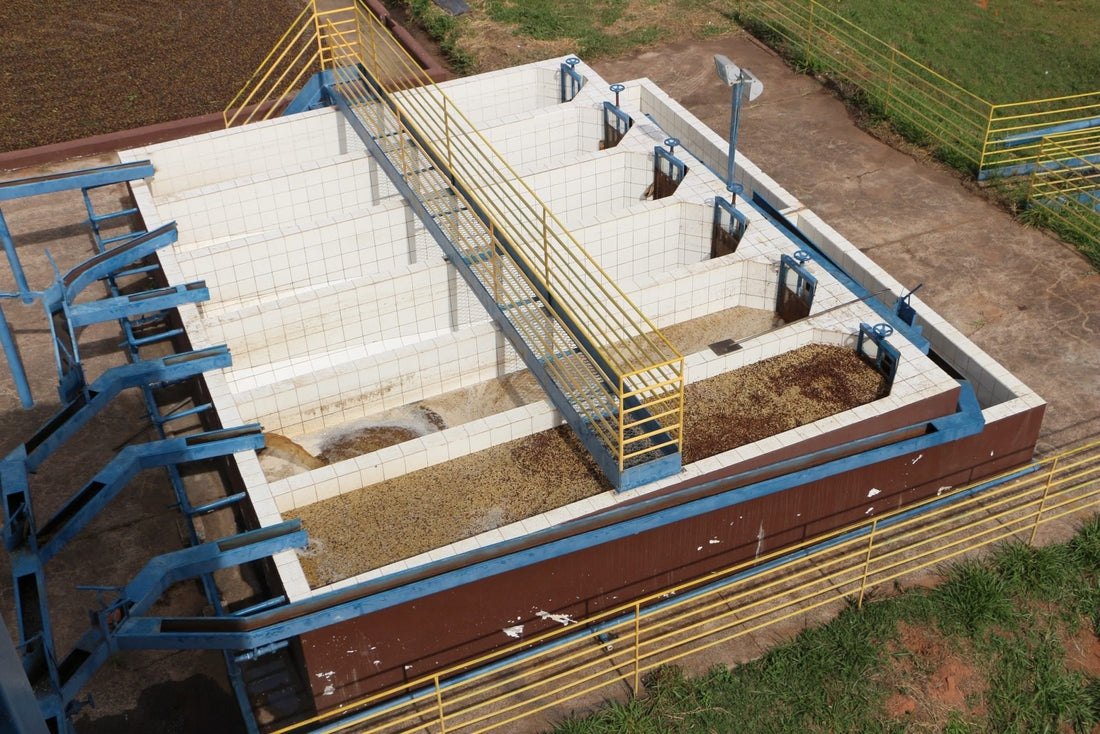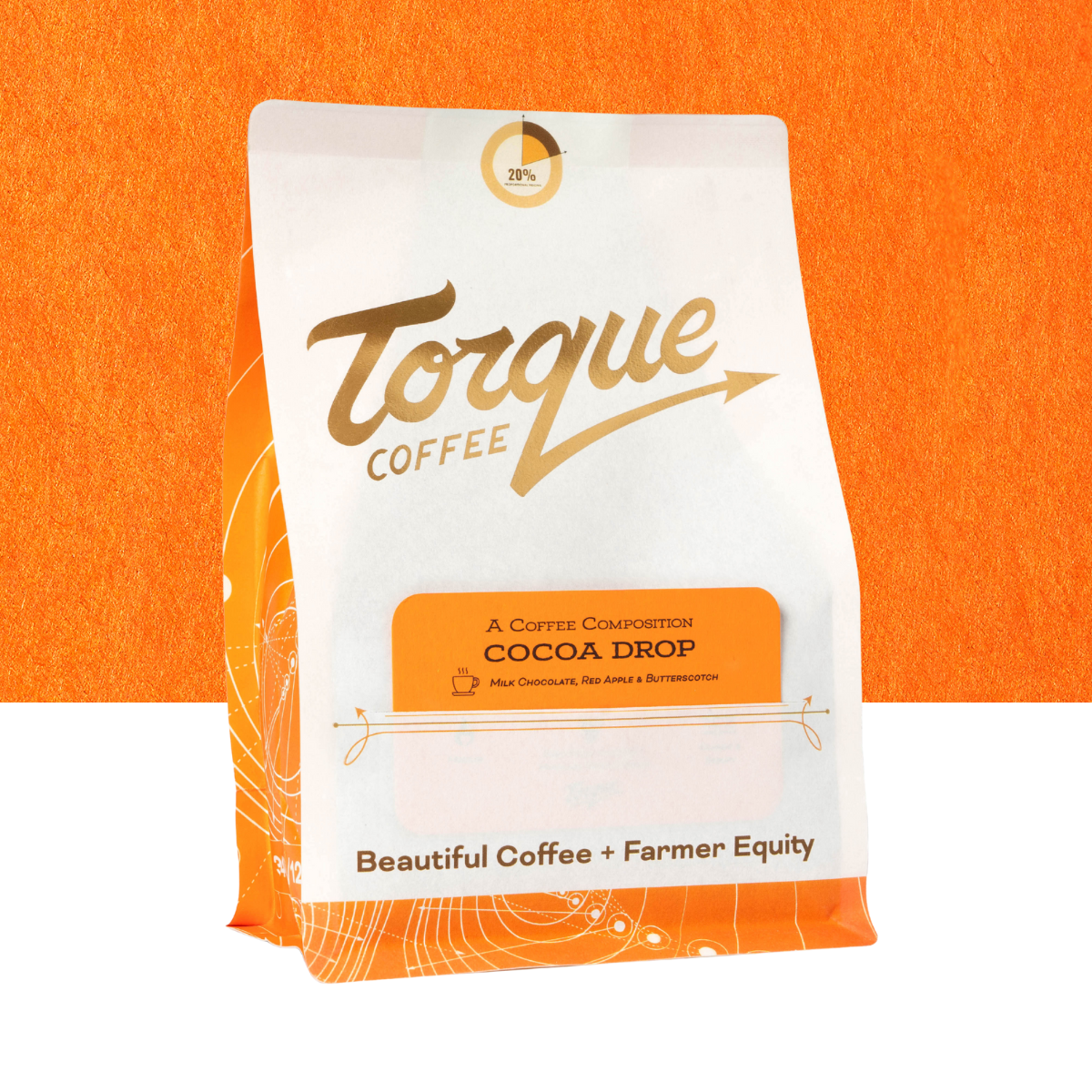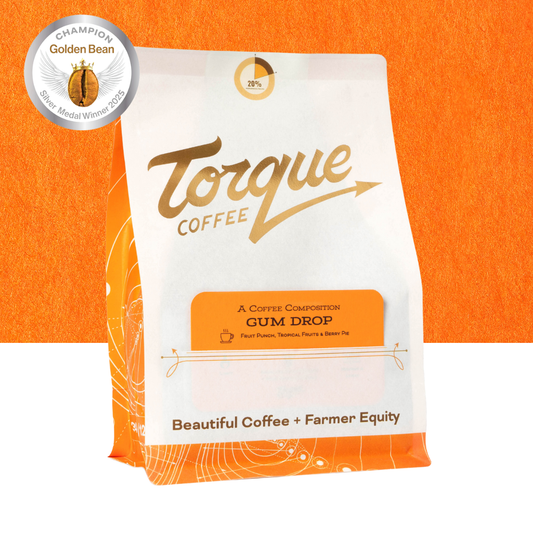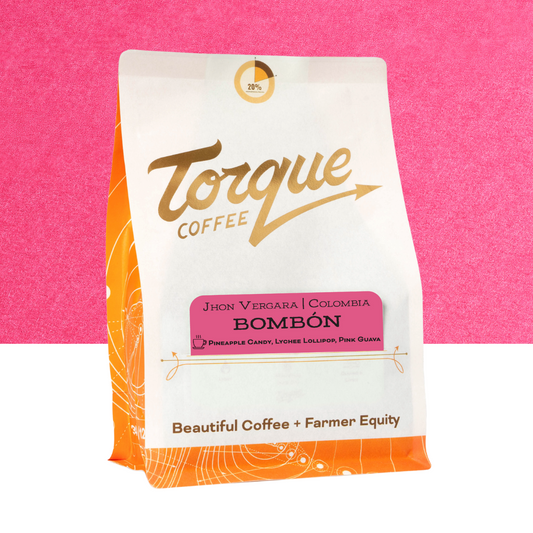
Traditional Washed Coffee Processing: Chemical Changes and Fermentation Techniques
In traditional washed coffee processing, the goal is to remove the mucilage (the sticky, sugary layer around the parchment) through controlled fermentation and washing. This process is both biological and chemical, with microbial activity playing a central role. Here's a deep dive into what happens chemically—and how various fermentation techniques and local microbes influence flavor.
Chemical Changes in Washed Processing
After depulping, the coffee beans (still covered in mucilage) are fermented to break down the pectin-rich layer. Key chemical processes include:
-
Pectin Hydrolysis: The mucilage is mostly water, sugars (glucose, fructose, sucrose), and pectin. Pectinolytic enzymes—produced naturally by microorganisms—break down pectin into simpler compounds like galacturonic acid.
-
Sugar Metabolism: Yeasts and bacteria consume sugars, converting them into ethanol, lactic acid, acetic acid, and carbon dioxide. This changes the pH and acidity profile of the beans and influences flavor precursors.
-
Protein Breakdown: Some microbes also degrade proteins into amino acids, contributing to Maillard reaction potential during roasting, which enhances body and complexity.
-
Volatile Compound Production: During fermentation, microorganisms produce esters, aldehydes, and phenolic compounds that can remain absorbed in the bean and directly affect the aromatic profile post-roast.
Fermentation Tank Approaches
1. Fully Submerged Fermentation
-
Beans are completely covered with water during fermentation.
-
Slower fermentation due to dilution of sugars and oxygen restriction.
-
More uniform temperature and less risk of over-fermentation.
-
Produces cleaner, brighter cups with higher acidity and clarity.
-
Often used in colder highland environments (e.g., Colombia, Kenya).
2. Semi-Submerged Fermentation
-
Beans are partially covered with water; some exposure to air.
-
Balances aerobic and anaerobic microbial activity.
-
Results in more complex acidity and slightly fruitier profiles.
-
Common in regions with moderate climates or transitional methods.
3. Dry Fermentation
-
No water is added; mucilage-covered beans are left in open or closed tanks.
-
Rapid fermentation due to higher sugar concentration and oxygen exposure.
-
Encourages stronger microbial activity, especially wild yeasts and lactic acid bacteria.
-
Produces fruit-forward, more intense cups with increased risk of over-fermentation if not carefully monitored.
-
Typical in places like Ethiopia and Rwanda, where water conservation is important.
Role of Local Yeast and Microbial Terroir
The microbial ecosystem in each coffee-producing region is unique. Local strains of yeasts, lactic acid bacteria (LAB), acetic acid bacteria (AAB), and molds exist in:
-
The air (aerobiome around the processing facility)
-
On the coffee cherry skin (native to the farm’s environment)
-
Inside fermentation tanks and washing channels (residual colonies)
These microorganisms shape the flavor profile in several ways:
-
Ethiopia: Wild yeasts like Saccharomyces cerevisiae and Pichia species drive complex floral and berry notes due to high ester and aldehyde production.
-
Colombia: Higher presence of LAB like Lactobacillus gives washed coffees their crisp citric acidity and balanced body.
-
Kenya: Unique AAB contribute to distinct blackcurrant and tomato-like savory notes.
-
Guatemala vs. Mexico: Guatemalan highland coffees often ferment with cooler-climate Hanseniaspora and Candida yeasts, enhancing clarity and tropical fruit esters. In contrast, warmer lowland Mexican regions foster faster fermentation with more Pichia and Kluyveromyces activity, often yielding rounder body and mild, sweet spice notes.
Even when using the same processing technique, these microbial variations create distinct cup profiles, forming what’s often called microbial terroir.
Bottom Line
Traditional washed processing is a precise microbial and chemical dance. The method of fermentation—whether fully submerged, semi-submerged, or dry—modulates microbial activity and sugar metabolism. Meanwhile, the native yeast and bacteria populations from each origin create unique flavor signatures that no mechanical process can replicate. Understanding and controlling these variables allows producers and roasters to better shape flavor, cleanliness, and consistency in the cup.
Would you like a diagram of the fermentation process with microbial activity mapped?





